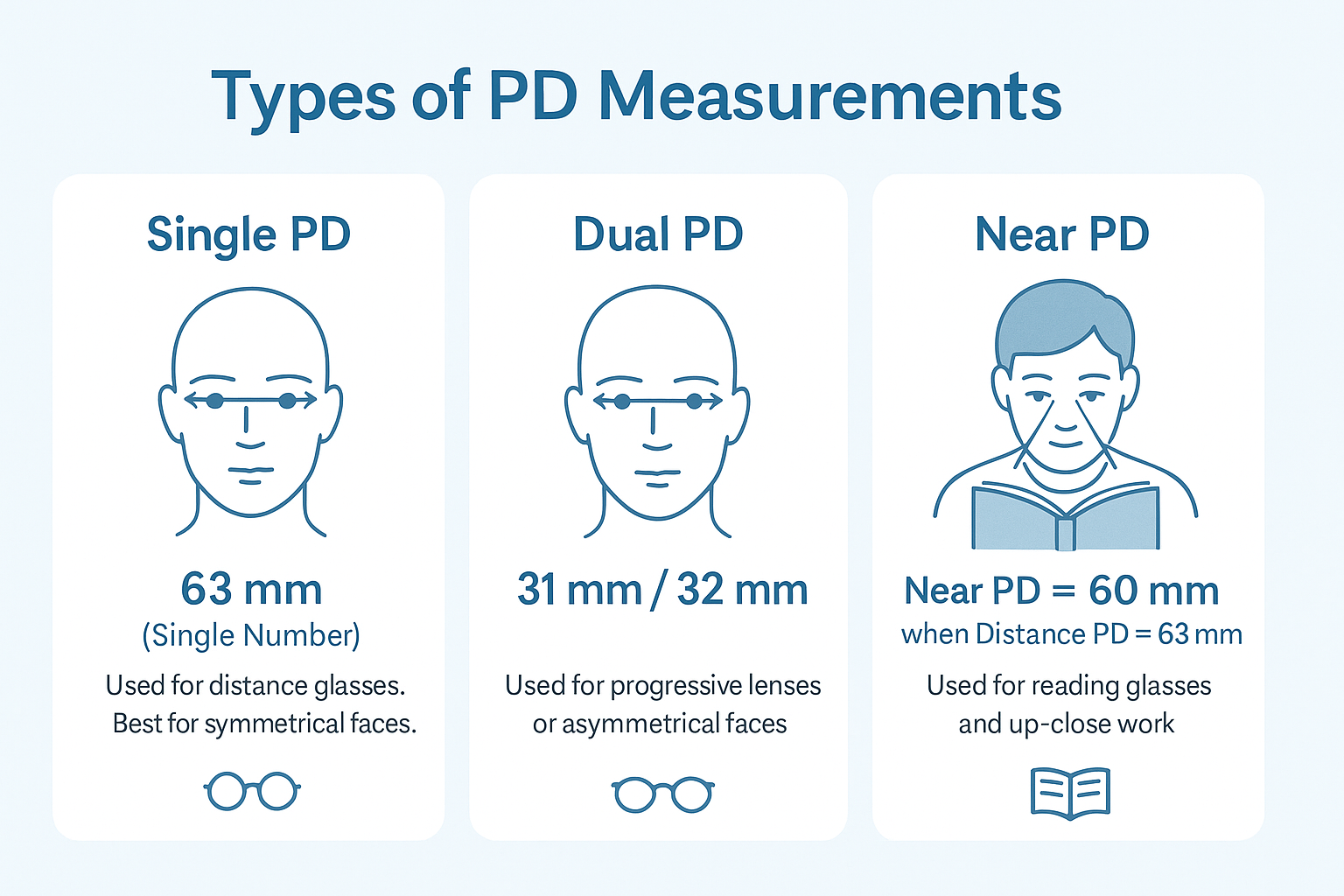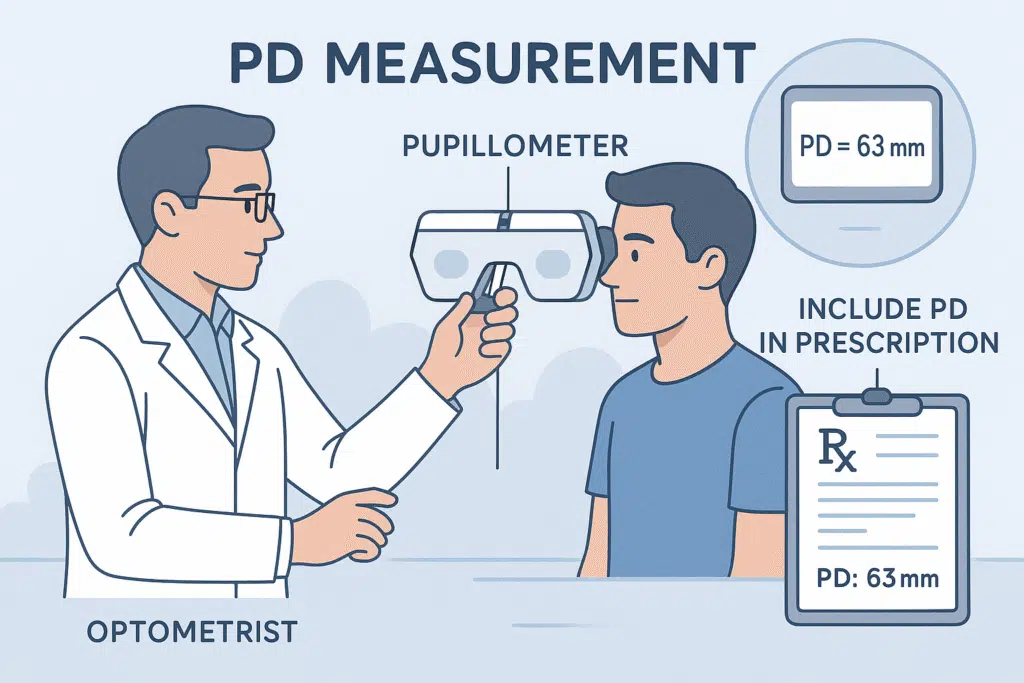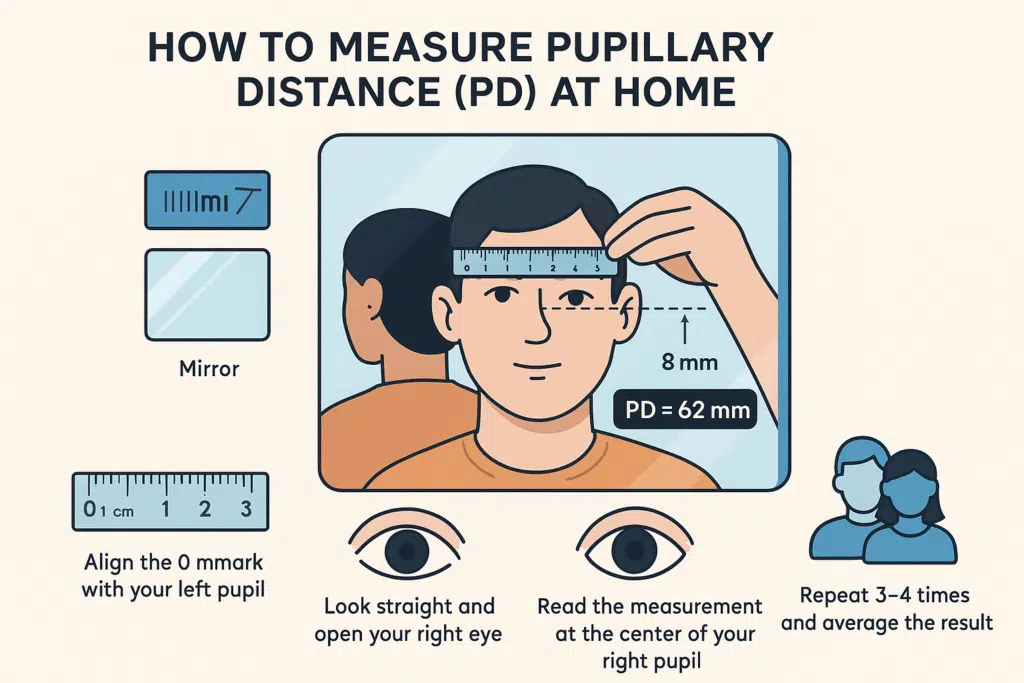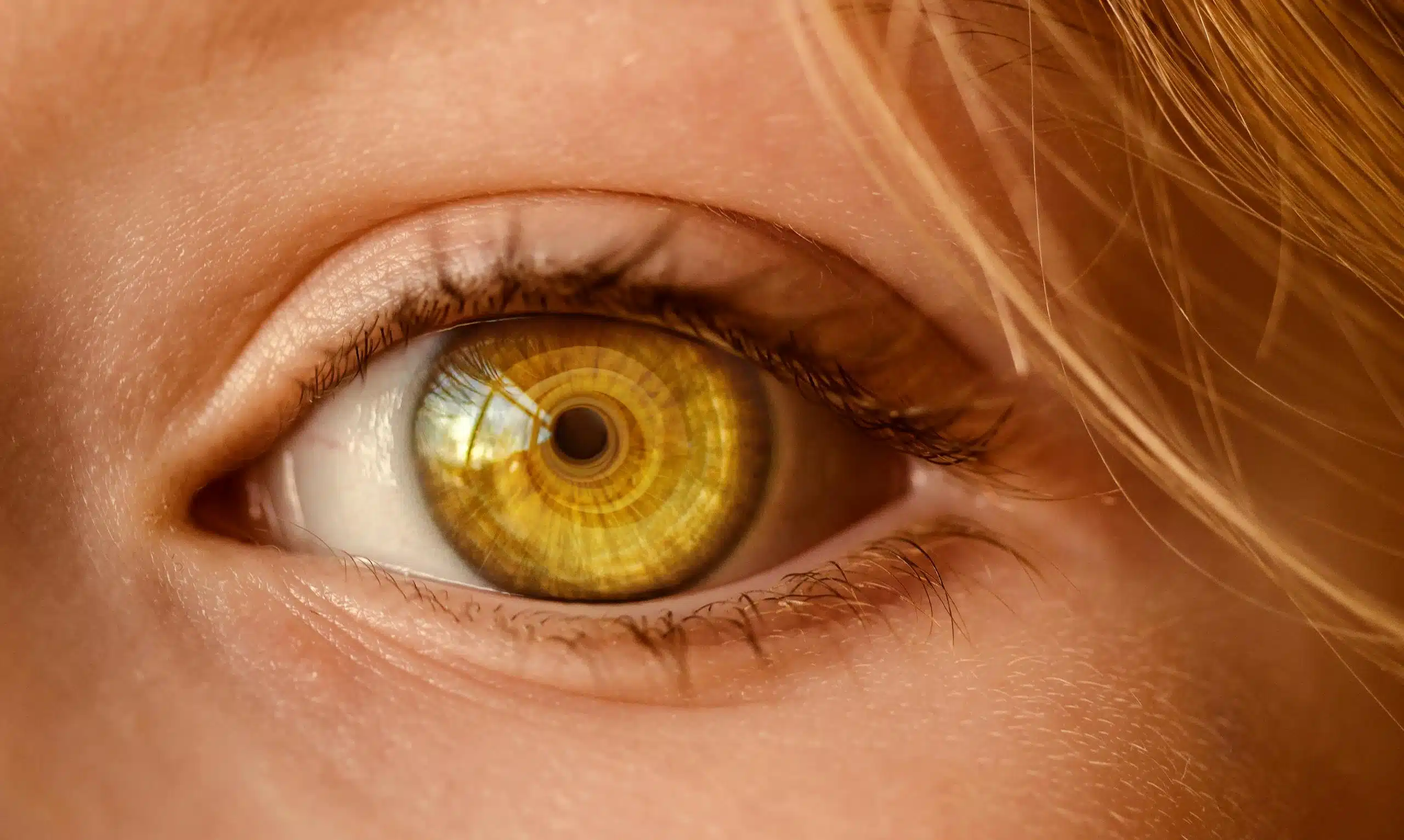What Is a Normal PD for Eyeglasses? (Chart + DIY Guide)
Have you ever purchased eyewear online and found the term PD and marveled at exactly what it means? Do not be alone. It is a minor yet significant part of information that most individuals overlook, Pupillary Distance (PD) will determine whether their glasses are a success or a failure.
When getting glasses or when looking to purchase a new pair to replace an old one, it is necessary to know your PD to have a comfortable experience and have clear and certain confidence. Just a little mistake in this single measurement might create eye-strains, acid-heads, or loss of focus.
In this detailed guide, I’ll walk you through everything about what a normal PD is, the differences between adult and child PD, how you can measure an accurate PD, and the importance of human PD.
What is Pupillary Distance (PD)?
Pupillary Distance (PD) is the measurement between the centers of your pupils. It is the size that is done in millimeters and is used to place the optical center of your lenses at par with your pupils. The alignment is essential to the correct focus, comfort, and vision quality in general.
Whenever one makes glasses incorrectly on PD, one may observe:
- Blurry vision
- Double vision
- Eye strain or fatigue
- Headaches
Average Adult
- Average Adult PD: The PD of the majority of adults ranges between 54 mm and 74 mm. An average normally quoted within adults is 63 mm.
- Average Child PD: The PD in children is 43 mm – 58 mm.
What is a Normal PD for Eyeglasses?
PD is unique to individual persons depending on age, gender, and facial features. However, it has average ranges depending on the population statistics.
Average PD for Adults
| Gender | Average PD (mm) |
|---|---|
| Men | 60 – 66 mm |
| Women | 58 – 64 mm |
The mean adult PD is appr. 63 mm, and it fluctuates slightly depending on individual differences.
PD for Children
| Age | Typical PD Range (mm) |
|---|---|
| 3 – 5 years old | 41 – 49 mm |
| 6 – 10 years old | 46 – 54 mm |
| 11 – 15 years old | 51 – 58 mm |
Types of PD Measurements

Single PD
This is the sum of the distances among the centers of your pupils. It has to be measured in a number is 63 mm.
This type is:
- The most usual distance glasses
- Applied in regular prescriptions
- This looks best when you are symmetrical in your facial features
Dual (Monocular) PD
This measurement separates the PD into two parameters the one belonging to each eye. It indicates the distance between your nose bridge and your pupils, one at a time.
For example: 31/32 mm (Right Eye/Left Eye).
Dual PD can be useful in the following situations:
- You have an uneven facial structure
- You use progressive or bifocal spectacles
- You desire the most minute adjustments.
Near PD
Your eyes converge when it comes to a close object, such as a book or a phone. That is where Near PD comes to the rescue.
In the case of Near PD, it is usually 3-4 mm less than Distance PD.
- Reading glasses are used
- Major crucial information to people who order separate readers
Read Also: Get Hunter Eyes : 4 Proven Ways That Actually Work
How is PD Measured?
1. Optometrist or Eye Doctor
A professional eye examination is the most precise one. The test is known as a pupillometer-it is very quick, and very precise, and it does not hurt at all.
Whenever you have your prescription or are given one by an optometrist, always ask about your PD. Not all places have it as a standard option, particularly when one is not purchasing glasses at the place.

2. Self-Measurement
PD can be gauged at home, yes. Will it be a correct as the reading of an eye doctor? Not quite- it can work, that is, you can repeat it a few times and average over the results.
What you need:
- A millimeter ruler
- A mirror or a friend
How to do it (solo method):
- Stand 8 inches from a mirror.
- Hold the ruler over your eyebrows.
- Open your left eye and, with your right eye closed, place the mark 0 mm of the ruler on the center of the left pupil.
- Look straight ahead and open your right eye.
- Now, notice the reading on the central position of your right pupil.
Repeat 3- 4 times, and average. That is your PD.

Factors That Influence PD
Age
During childhood, PD undergoes a lot of transformation. It grows alongside the development of the skull and face and becomes steady in late teens.
- Children: 43–58 mm
- Teens to Adults: 54–74 mm
- After 20, PD plays little role in changing unless a surgical intervention is followed, trauma, or by substantial facial change
Sex
Biological sex can influence average PD values:
- Males: Tend to possess larger PDs since multiple skull features are wider
- Females: They are likely to have a somewhat lower PD, but once more, there is significant overlapping
Ethnicity/Race
Trivial differences exist between ethnic groups about PD norms:
- East Asian populations have, as studies show, slightly smaller average PDs
- People of African descent may tend toward slightly larger PDs
Total values are quite broadly similar, and the eye health professionals employ your value instead of using averages.
What to Do if You Don’t Know Your PD
Should you have your PD not noted on your prescription, here is what I suggest:
- Call your optometrist and request it—they usually have it on file.
- Use an online PD measurement tool—there are online PD measurement tools that some eyewear websites have implemented, using their web cameras or smartphone cameras.
- You can measure it yourself with the mirror or the friend technique
Various online eyewear companies will guide you in measuring in case you purchase there.
FAQS
What is a normal PD for glasses?
The most typical adult PD is 54-74 mm, having a mean of about 63 mm. Kids tend to range between 43-58 mm. Have it measured properly, it is like your prescription.
What happens if my PD is off by 1 mm?
Your PD may vary 1 mm, but you might still have a clear vision, particularly in the case of a light prescription. However, in cases of a more powerful lens, it may also bring about mild blurriness or strain to the eyes with long-term use.
Can my PD be off by 2 mm?
An excess error of 2 mm in PD may cause eye fatigue or misshapened vision or even discomfort, in the case of high prescriptions or progressive ones.
What happens if PD is wrong on glasses?
Wrong PD implies that your lenses do not correspond with your pupils. This may result in blurred vision, headaches, and a lack of focus even without the issues in the prescription.
Read Also: SPH in Glasses Explained: What Your Prescription Means
Final WOrds
Pupillary Distance (PD) is likely to appear as a small aspect, but still, it bears a large portion of the effect your glasses can have. When it is incorrect, then even the most excellent lenses may feel awkward or distorted.
Knowing about the existence of PD and how it is measured and differs with each person, you can make wiser decisions concerning your vision. And you know I mean it: when your glasses sit properly, you just see it (and feel it, too) more beautifully.







